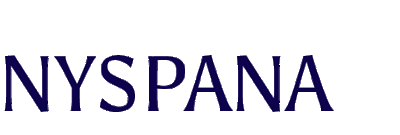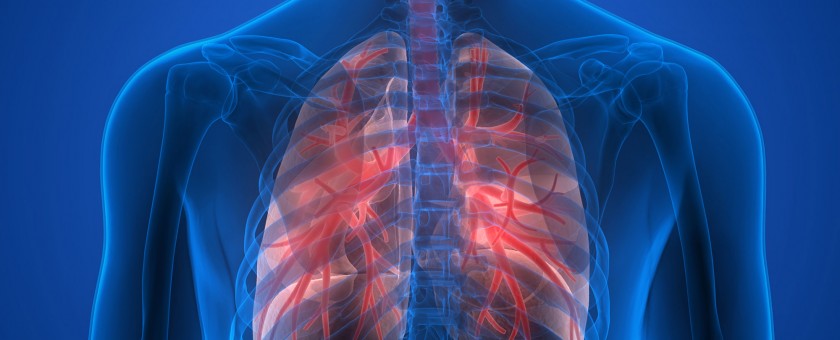“Back to Basics”
Airway management is the core of postanesthesia nursing. The inhalation anesthetic agents depress the respiratory function. They also depend on the respiratory system for the removal during emergence from anesthesia. The care is back to basics with the ABC’s. If you don’t have A, you don’t have B and C. Airway system consists of the nose, pharynx, larynx, trachea, bronchial trees, the lungs and the diaphragm. The patient requires constant nurse presence and observation while awakening from anesthesia.
What are the critical physiologic concepts of the respiratory system? Lung capacity and mechanical function of the lungs. The lungs have elastic recoil , they will spring back to their smallest position after being stretched through inspiration. Expiration is passive.
Pulmonary circulation: Takes unoxygenated blood back to the lungs for oxygenation, which takes place at the alveolar membrane.
The nervous system controls much of the respiratory system, including the respiratory center in the brain, central peripheral chemoreceptors, and autonomic nervous system. These systems control the inspiration and expiration phases of respiration.
Mechanics of gas exchange include ventilation, diffusion and perfusion.
Hypoxemia is a deficiency of oxygen in the arterial blood. Hypercarbia is the elevated carbon dioxide levels in the blood, or respiratory acidosis. The easiest way to decrease CO2 is to have the patient breath deeply to increase ventilation and oxygenation.
Chin lift is necessary when there is a decreased ventilation or air movement in and out of the lungs. Also when decreased oxygenation as evidenced by low SpO2 (low 90’s or below with supplemental oxygen.) A jaw thrust is necessary when chin lift is insufficient to obtain adequate ventilation and increased oxygen saturations. Oral airways are helpful when there is a soft tissue obstruction (such as tongue) that is interfering with adequate ventilation. Oral airways are helpful in preventing a patient from biting down on the ETT or LMA. A nasal airway is useful for a patient that has a gag reflex, but continues to have a soft tissue obstruction- such as tongue or collapse of soft tissue in the pharynx that is limiting ventilation.
When is it necessary to re-intubate in PACU?
- Decreased ability to maintain oxygenation
- Decreased ability to maintain patent airway even with chin lift or jaw thrust
- Increased work of breathing as indicated by chest movements
- Tachypnea
- Diminished breath sounds
- Diminished level of consciousness
What criteria and assessments are necessary to determine whether a patient is ready for extubation?
- Patient is awake or awakening
- Spontaneous respirations
- No respiratory distress
- Ability to keep eyes open
- Ability to sustain head lift for more than 5 seconds
- Equal and strong hand grasps
- Return of protective reflexes (e.g swallowing, lid reflex)
- Moving all extremities
A bronchospasm is a narrowing or constriction of the bronchial airways caused by an increase in smooth muscle tone in the airways. This may be the result of asthma, an allergic reaction or histamine release, aspiration, tobacco use, or pulmonary edema. Signs and symptoms include cough, dyspnea, tachypnea, expiratory wheezing and use of accessory muscles.
A laryngospasm is a partial or complete closing of the vocal cords. It can be caused by secretions or irritation of vocal cords during emergence and/or extubation. Signs and symptoms for a partial laryngospasm include high-pitched inspiratory stridor, often described as crowing; wheezing; paradoxical chest and/or abdominal movements; and decreased ventilation. In a complete laryngospasm, there is silence, a total absence of ventilation, and paradoxical chest and/or abdominal movements The patient may also exhibit facial expressions of anxiety and terror. Treatment is basic airway management including a chin lift or jaw thrust, gentle suctioning if appropriate, or positive pressure ventilation with a bag valve mask. Sometimes versed will help relax and break spasm. A complete laryngospasm is treated with 100% positive pressure with a bag valve mask. If this is unsuccessful, 0.1-0.2 mg/kg of succinylcholine may be given to break spasm. If given, the patient should be bagged for 5-10 minutes until succinylcholine wears off.

